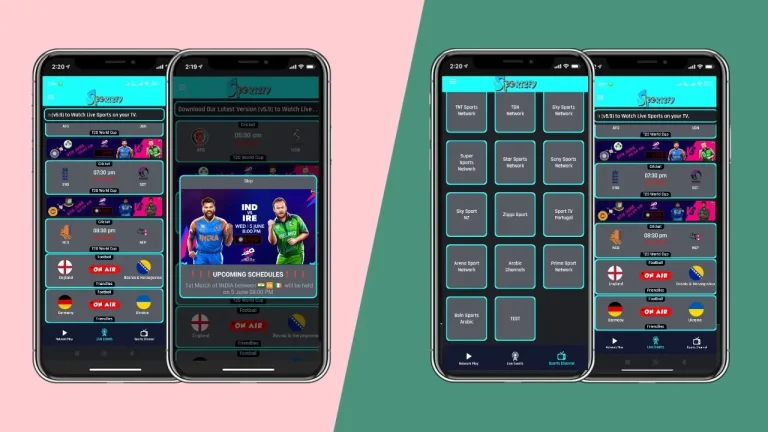The Future of Insurance: Trends, Innovations, and Challenges in 2025
Introduction
The Future of Insurance Rapid technological improvements, shifting consumer expectations, and shifting regulatory environments all contribute to the insurance sector’s considerable transformation in 2025. The industry is changing due to insurtech firms, blockchain applications, AI-driven underwriting, and the growing significance of big data. In the meantime, insurers must deal with new risks including cyberattacks, climate change, and regulatory demands.

Key Trends Reshaping the Insurance Industry
Digital Transformation and Insurtech Revolution
Traditional models of insurance are still being disrupted by the digital revolution. To develop more effective, client-focused insurance products, insurtech businesses are utilizing big data analytics, machine learning, and artificial intelligence. To improve customer satisfaction, streamline claims processing, and lower fraud, insurers are incorporating these technologies.
AI and Machine Learning in Underwriting and Claims Processing
AI-powered underwriting is helping insurers provide more individualized pricing and more precise risk assessments. A deeper understanding of policyholder behavior is provided by machine learning algorithms that examine enormous volumes of data, including social media activity and IoT devices. Automating the claims processing procedure is also enhancing fraud detection and cutting down on settlement timeframes.
Blockchain Technology for Smart Contracts and Fraud Prevention
Policy administration, claims processing, and fraud detection are all being transformed by blockchain technology. Smart contracts improve efficiency and transparency by enabling automatic claims payouts when predetermined criteria are satisfied. Blockchain drastically lowers administrative expenses and bogus claims by producing unchangeable data.
The Rise of Embedded Insurance
Embedded insurance is becoming more popular since it incorporates insurance products straight into non-insurance channels, like finance apps, e-commerce, and travel booking. This strategy increases consumer accessibility and convenience by enabling insurers to provide coverage when needed.
Personalized and Usage-Based Insurance (UBI)
Innovations in telematics and the Internet of Things are driving up demand for customized insurance policies. Usage-based insurance models are becoming more and more common. Examples of these are pay-per-mile health coverage and pay-as-you-drive auto insurance. By matching prices to real risk, these models give consumers more equitable premiums.

Innovations Transforming the Insurance Landscape
Telematics and IoT-Driven Insurance
Real-time data from connected devices, such as car telematics and smart home sensors, aids insurers in precisely estimating risks. While smart house insurance modifies prices in response to risk mitigation measures, telematics-based auto insurance policies incentivize safe driving behavior with reduced premiums.
On-Demand and Microinsurance
The gig economy and shifting consumer preferences have given rise to on-demand and microinsurance solutions. These short-term, flexible insurance policies are designed for freelancers, tourists, and those who need coverage for specific events like a single ride or a short-term rental.
Big Data and Predictive Analytics in Risk Management
Advanced analytics enables insurers to better estimate claims, detect fraudulent activity, and optimize pricing methods. Predictive modeling enables insurers to identify high-risk customers and implement preventive actions to reduce losses.
Parametric Insurance for Faster Payouts
Parametric insurance, which triggers automatic payouts based on predefined parameters (e.g., earthquake magnitude, flood levels), is becoming a game-changer. This model eliminates lengthy claims processes and ensures rapid financial relief to policyholders affected by natural disasters.

Challenges Facing the Insurance Industry in 2025
Cybersecurity Risks and Data Privacy Concerns
Regulatory Changes and Compliance Burden
Customer Trust and Transparency Issues
Talent Shortages and Workforce Reskilling
The Role of AI and Automation in Enhancing Efficiency
AI-powered automation will continue to simplify processes, lower costs, and improve service delivery. Insurers who use AI for predictive modeling, fraud detection, and personalized products will have a competitive advantage.
Expanding Opportunities in Emerging Markets
The insurance penetration rate remains low in many developing economies. Insurers have opportunities to tap into these markets by offering affordable, digital-first insurance solutions tailored to local needs.

The Evolution of Health and Life Insurance
Advances in health technology, wearable devices, and genetic testing are altering health and life insurance plans. Personalized wellness initiatives, real-time health monitoring, and preventive care incentives are all set to become regular features.
The Rise of Decentralized Insurance Models
Blockchain-based decentralized insurance systems are emerging, allowing peer-to-peer insurance models to replace traditional intermediaries. These systems offer transparent, community-driven coverage at reduced rates and speedier claim processing.

Conclusion
The insurance business is poised for revolution in 2025, fueled by technological advancements, increasing consumer expectations, and regulatory changes. Insurers who embrace innovation, build customer trust, and implement agile business models will flourish in the changing landscape. While problems like as cybersecurity risks, regulatory compliance, and market volatility continue, the prospects for development and disruption in insurance have never been stronger.




